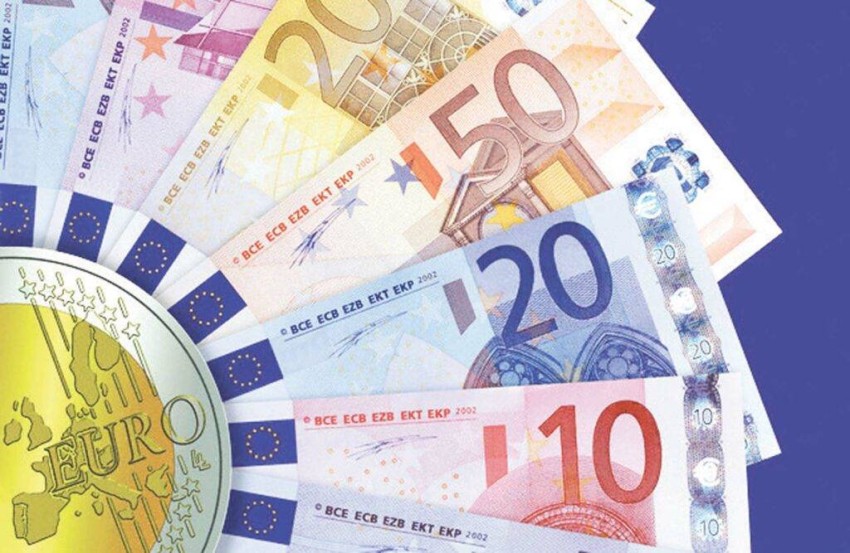The price of the euro fell, today, Tuesday, against the dollar, as the European Central Bank set the reference price for the euro at 0.9927 dollars, compared to 1.0001 dollars on Monday, bringing the price of the dollar to 1.0074 euros, after it was 0.9999 on Monday.
As for the other major currencies, the European Central Bank set the reference rates for one euro at 0.84343 pounds, down from (0.84658 pounds Monday), 136.34 Japanese yen (137.08 yen Monday) and 0.9602 Swiss francs (0.958 Swiss francs Monday).
Russia will halt natural gas supplies to Europe via the Nord Stream 1 pipeline for three days at the end of the month, in a new indication of the precarious state of the continent’s energy supplies.
Heat waves in Europe have already strained energy supplies and fears are growing that any disruption during the winter months could be disruptive to business.
The euro fell on Monday, to its lowest level against the dollar since it began trading in 2002, in light of the energy crisis that threatens a recession in Europe.
As for the dollar, it benefited from the successive US Federal Reserve decisions to raise interest rates.
Analysts expect the European currency to continue to decline in the coming period.
And the Bloomberg news agency reported that US investment bank analysts expect the euro to decline during the third quarter of this year to $0.97, its lowest level since the early part of this century in the beginnings of the single European currency.
US investment bank Nomura International also expects the euro to decline without ruling out the possibility of reaching $0.95 or less, in light of the continuing deepening of the energy supply crisis in Europe, which may lead to the possibility of blackouts as European imports increase.

